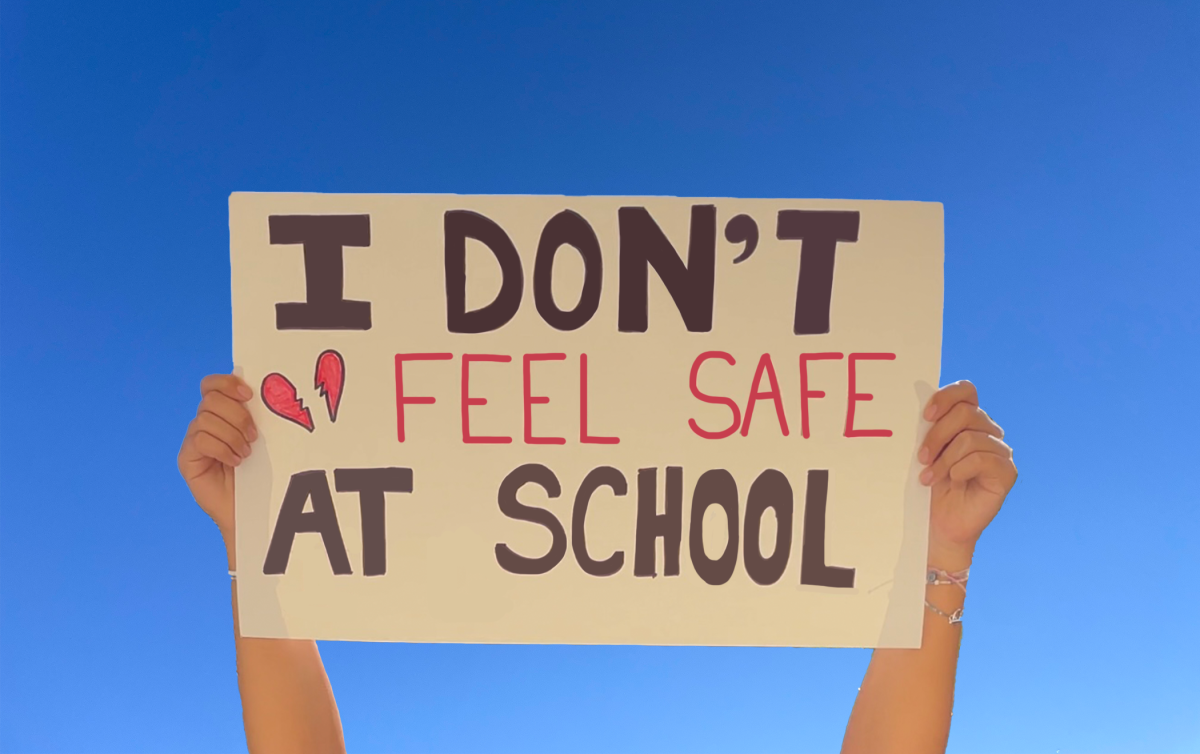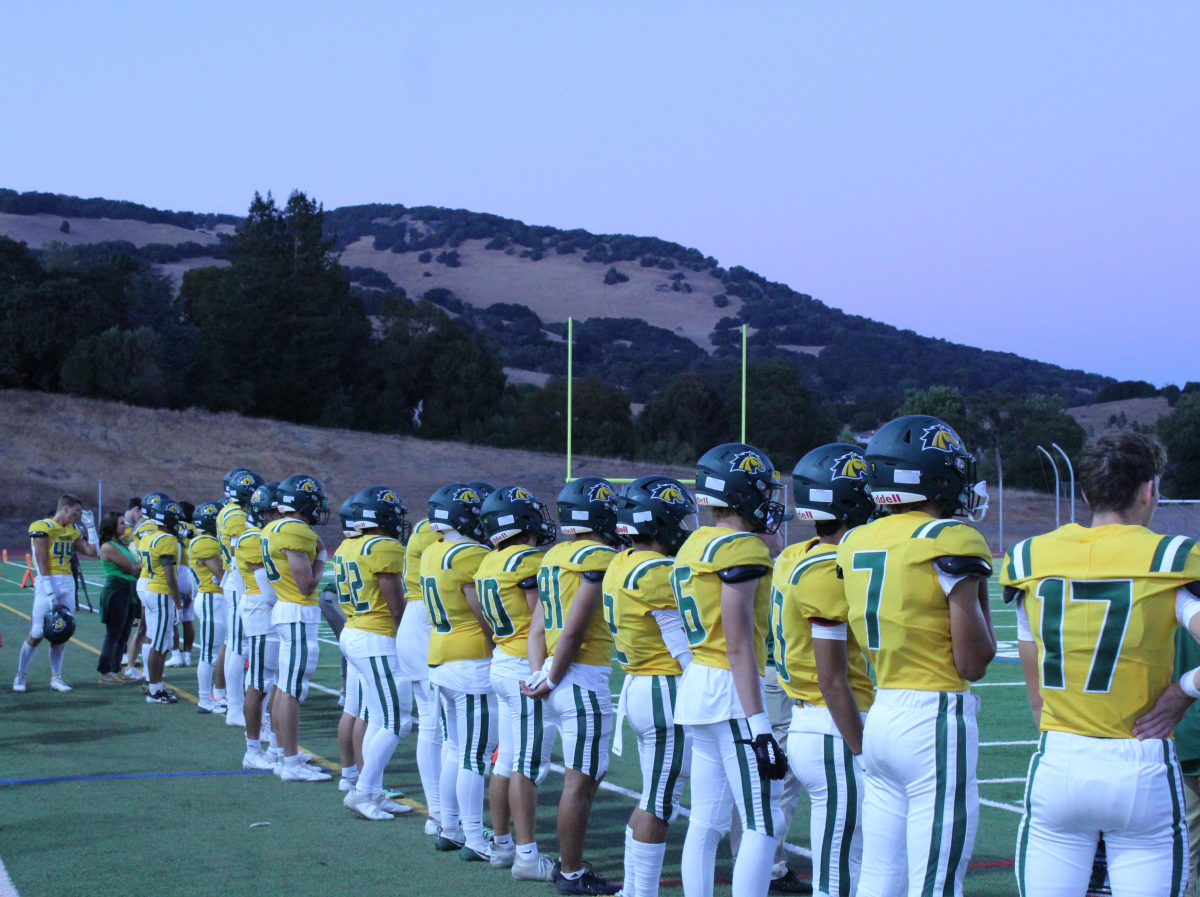On Jul. 9, Governor Gavin Newsom signed the Free School Meals For All Act of 2021 into California law, making California the first state to provide universal school meals to all public school students. This “grab and go style” lunch has been both well received from students for its easy accessibility, and criticized by some for a lack of distribution regulation. $54 million of California’s budget will be used to supplement USDA funding for free school meals to prevent hunger and malnutrition in children K-12. Approximately 6.2 million public school students in the state will have access to universal free meals.
“There is a need for universal free lunch since the onset of the COVID-19 pandemic has financially impacted many families in the area,” Leader of the Food and Nutritional Services (FANS) Heather Camp said. “However, the increased demand to produce the extra lunches has brought on challenges since we are still operating with the same number of employees, or less.”
Prior to the COVID-19 pandemic, families that met the total household income requirement could apply for school meal programs to ensure their children received free or reduced cost meals. However, during the COVID-19 pandemic, the Novato Unified School District (NUSD), and FANS, began providing drive through pick up meals for all students and children under 18 years of age free of charge. With the new law being signed over the summer, this will now become a permanent program.
Many students have appreciated the quick accessibility to meals and the quality of meals introduced this year.
“I like the idea of a grab and go lunch style, it’s much quicker and efficient. I also enjoy the variety of food that has been introduced this year as well, it’s improved drastically,” senior Aaron Martinez said.
Students criticizing the grab and go style lunch/ breakfast are frustrated with students that take food out of other bags to place into their own, leaving many without meals. These frustrations have also grown with students as the tables get crowded while everyone tries to grab a lunch at once.
“I think that the program is a good idea, but it has been poorly executed,” senior Elijah Kondrashoff said. “People can take as many lunches as they want, and when there is a line that prevents people from doing so, they just cut it.” There is hope among staff that the active stigma around reduced cost and free meals with low income students will come to an end now that everyone has access to free meals.
“I believe there was a stigma around free/reduced cost lunches and low income students, I believe the universal free meal program will help end this stigma,” FANS leader Heather Camp said. “However the protocols surrounding this program require streamlining to ensure quality of service.” The cafeteria staff have also acknowledged the struggle surrounding meal distribution and are actively trying to come up with solutions to these issues.
“Managing the distribution of lunches to students has been challenging, frustrating, and inconsistent,” FANS leader Heather Camp said. “Depending on the day and menu, the distribution at lunch can be very hectic and hard to manage. We are doing our best to keep up with demands and provide all the students with food they enjoy.”
Although the cafeteria staff has proposed solutions to the issues with the system, there are some obstacles preventing substantial progress from being made.
“We have proposed several solutions to this problem to our department head,” FANS leader Heather Camp said. “Unfortunately, the current methods are the standard. We would like to distribute meals one by one to ensure full meals are available to everyone who wants one, but this may cause longer lines and wait times to receive the lunch meal.”
The cafeteria staff has begun to keep meals in the cafeteria for students who miss out on the meals during the beginning of lunch. “We keep complete meals in the kitchen for late-coming students. If there is ever an occasion where there are no full meals left, please come by the kitchen and ask one of us. There is plenty of food and no students should be hungry during the school day.”
With this being the first year of the Free School Meal for All Act of 2021, bumps in the road were expected from the cafeteria department. The department has switched to passing out meals one by one. NUSD has created a Google Form for feedback from the community, but the state as a whole will not evaluate this law until after this year.








































